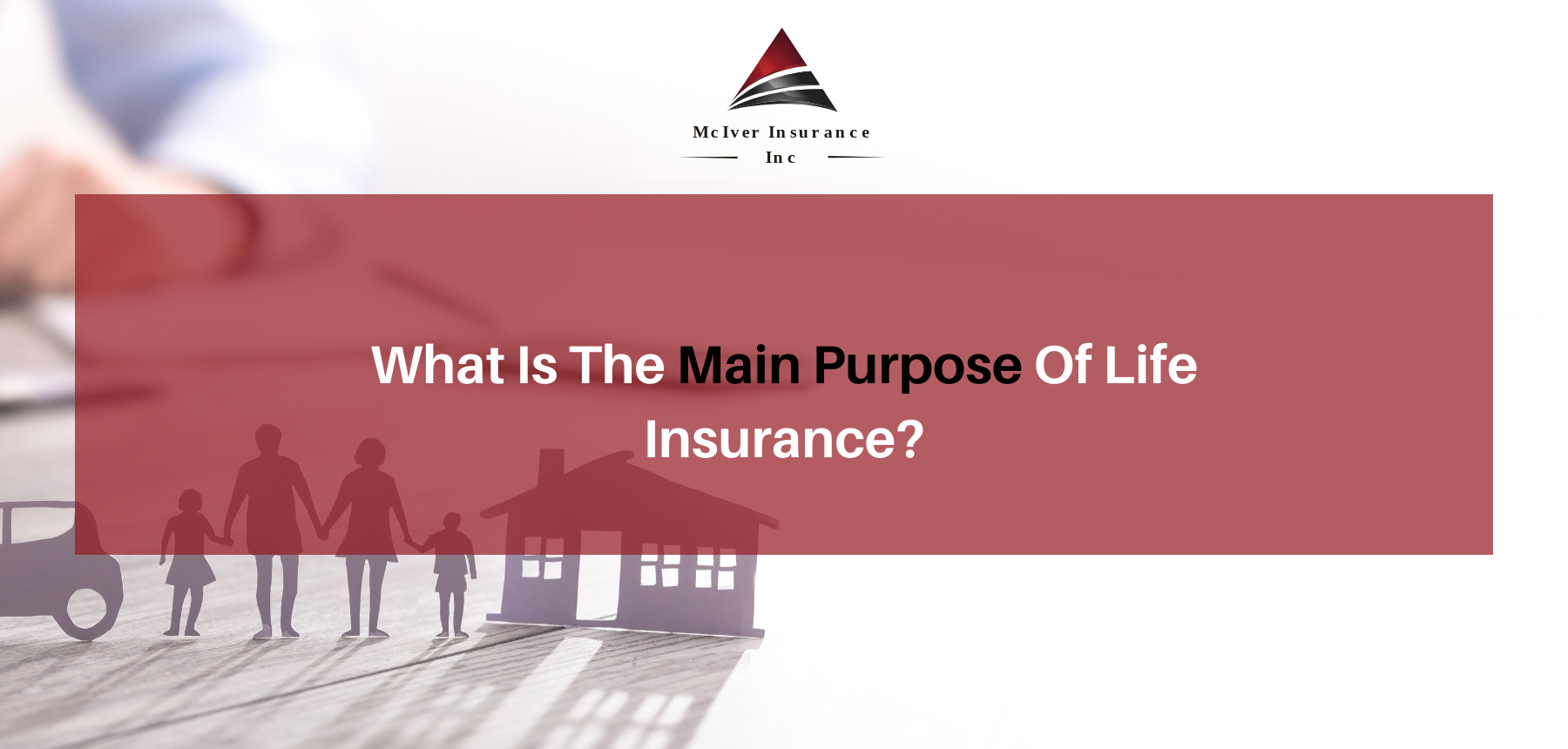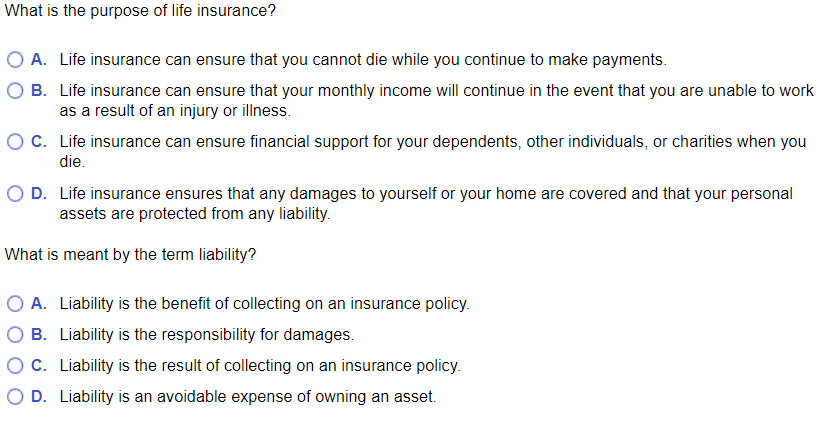Facts About Pacific Prime Revealed
Facts About Pacific Prime Revealed
Blog Article
About Pacific Prime
Table of ContentsHow Pacific Prime can Save You Time, Stress, and Money.The 9-Minute Rule for Pacific Prime8 Simple Techniques For Pacific PrimeGet This Report on Pacific PrimeSee This Report about Pacific Prime

This is because the information were collected for a period of solid economic efficiency. Of the approximated 42 million people who were without insurance, almost concerning 420,000 (about 1 percent) were under 65 years of age, the age at which most Americans come to be eligible for Medicare; 32 million were adults in between ages 18 and 65, around 19 percent of all adults in this age group; and 10 million were youngsters under 18 years of age, about 13.9 percent of all kids (Mills, 2000).
These estimates of the number of individuals uninsured are produced from the annual March Supplement to the Existing Population Study (CPS), carried out by the Demographics Bureau. Unless or else noted, national price quotes of individuals without medical insurance and proportions of the population with various sort of protection are based upon the CPS, one of the most widely used resource of price quotes of insurance coverage and uninsurance rates.
The Best Guide To Pacific Prime

Still, the CPS is specifically helpful due to the fact that it generates yearly quotes fairly quickly, reporting the previous year's insurance protection approximates each September, and since it is the basis for a constant collection of price quotes for more than twenty years, enabling evaluation of trends in coverage over time. For these factors, along with the considerable usage of the CPS in other studies of insurance protection that are presented in this report, we depend on CPS quotes, with restrictions noted.

The price quote of the variety of uninsured people increases when a populace's insurance coverage status is tracked for several years. Over a three-year duration beginning early in 1993, 72 million individuals, 29 percent of the united state populace, were without coverage for at the very least one month. Within a single year (1994 ), 53 million people experienced a minimum of a month without insurance coverage (Bennefield, 1998a)
6 check it out out of every ten uninsured adults are themselves employed. Although functioning does enhance the probability that a person and one's relative will certainly have insurance policy, it is not an assurance. Also members of family members with 2 permanent breadwinner have almost a one-in-ten opportunity of being uninsured (9.1 percent uninsured rate) (Hoffman and Pohl, 2000).
3 Simple Techniques For Pacific Prime
New immigrants make up a significant proportion of people without health insurance coverage. One evaluation has connected a significant part of the current growth in the dimension of the united state uninsured population to immigrants who got here in the nation between 1994 and 1998 (Camarota and Edwards, 2000). Recent immigrants (those who involved the United States within the past 4 years) do have a high price of being without insurance (46 percent), but they and their children represent just 6 percent of those without insurance policy nationally (Holahan et al., 2001).
The connection between health and wellness insurance policy and accessibility to care is well established, as recorded later on in this phase. Although the relationship between medical insurance and wellness end results is neither straight neither basic, a comprehensive scientific and wellness solutions study literature web links medical insurance protection to improved accessibility to care, much better quality, and boosted personal and population health condition.
Degrees of analysis for examining the results of uninsurance. This conversation of medical insurance coverage concentrates mostly on the U.S. populace under age 65 since essentially all Americans 65 and older have Medicare or other public insurance coverage. It focuses particularly on those without any health and wellness insurance coverage for any kind of length of time.
Not known Details About Pacific Prime
The troubles encountered by the underinsured remain in some respects comparable to those faced by the uninsured, although they are typically less serious. international health insurance. Uninsurance and underinsurance, nevertheless, include clearly various policy concerns, and the approaches for resolving them might vary. Throughout this research and the 5 reports to follow, the main focus is on persons with no medical insurance and hence no assistance in paying for healthcare beyond what is available via charity and safety and security web institutions
Health and wellness insurance coverage is a powerful element affecting invoice of treatment since both patients and medical professionals reply to the out-of-pocket cost of services - https://fliphtml5.com/homepage/odsej/pacificpr1me/. Health and wellness insurance coverage, however, is neither essential nor enough to access to clinical solutions. The independent and direct effect of wellness insurance policy coverage on access to wellness solutions is well established.
Others will get the health and wellness care they require even without wellness insurance coverage, by paying for it expense or seeking it from carriers who provide treatment free or at extremely subsidized prices. For still others, wellness insurance alone does not guarantee invoice of care as a result of other nonfinancial obstacles, such as a lack of health and wellness treatment suppliers in their community, restricted access to transportation, illiteracy, or etymological and cultural distinctions.
The Buzz on Pacific Prime
Formal research study regarding without insurance populaces in the USA dates to the late 1920s and early 1930s when the Committee on the Expense of Medical Treatment generated a collection of reports about financing doctor workplace visits and hospitalizations. This problem ended up being prominent as the varieties of clinically indigent climbed up throughout the Great Clinical depression.
Report this page